Art World
A Husband-and-Wife Team Pulled Together Delightful Travel Photos That Accidentally Look Like Wes Anderson Stills—See Them Here
The book is an ode to the filmmaker’s deeply influential sensibility.
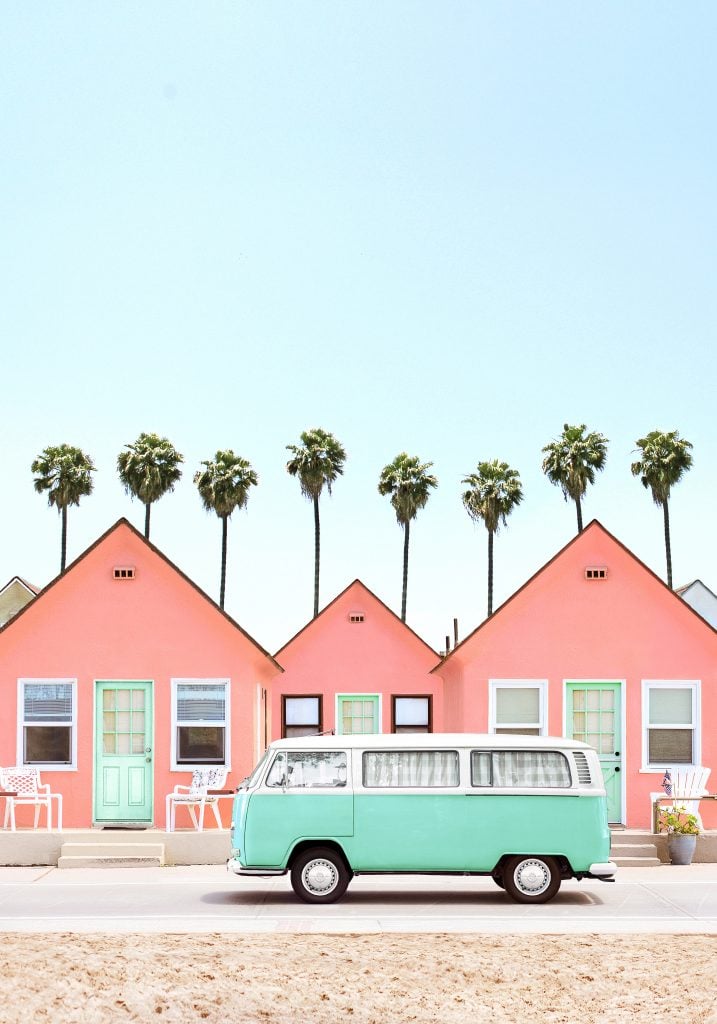
The book is an ode to the filmmaker’s deeply influential sensibility.

Sarah Cascone

Film director Wes Anderson has a distinctive aesthetic: candy-colored, pleasingly symmetrical, vaguely retro, and maybe a little bit twee.
Now, Anderson’s warm, invitingly nostalgic style has inspired a new book celebrating real-world locations that look like something off the set of Moonrise Kingdom, The Grand Budapest Hotel, or The Life Aquatic With Steve Zissou.
The book, titled Accidentally Wes Anderson, is an expansion of the popular Instagram account of the same name, which has amassed some 1.2 million followers since it was founded by husband-and-wife team Wally and Amanda Koval in 2017. (The couple’s first photo was of the abandoned Belvédère Hotel, perched in the mountains of Switzerland’s Furka Pass.)
After the book project was announced, Anderson aficionados submitted over 15,000 images for Koval’s consideration. The final book has over 200, most of which have not been published on the Instagram account, and all of which feature perfectly charming real-world locations.
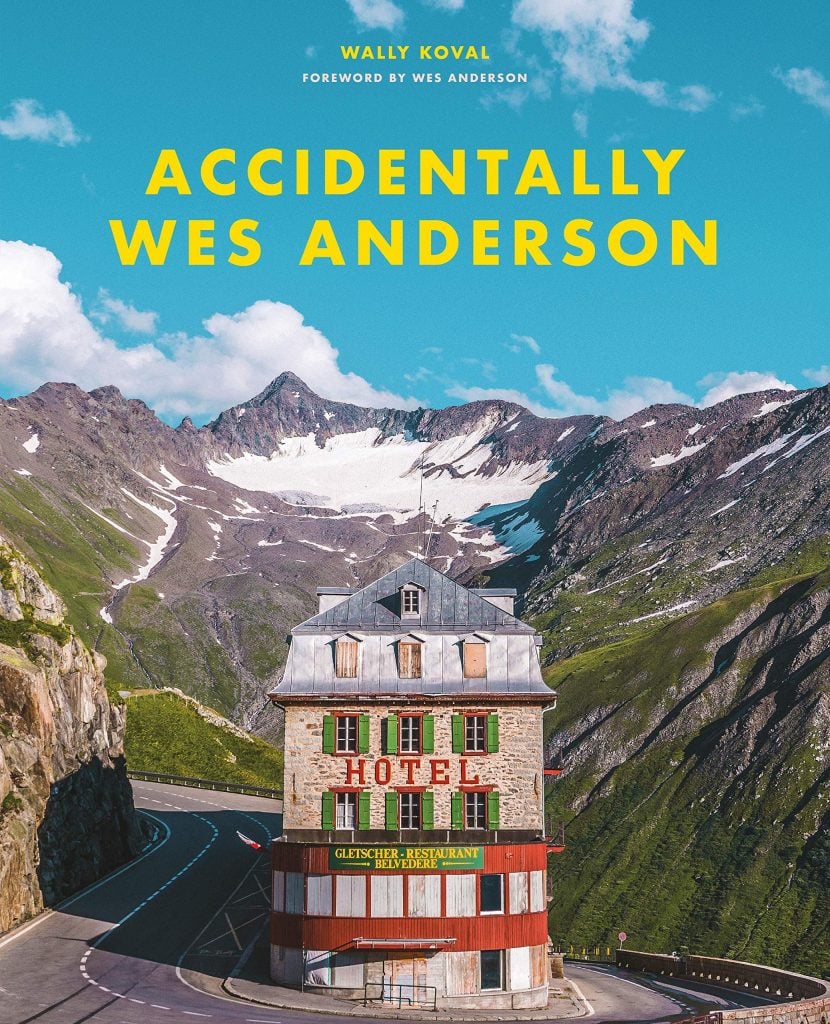
Accidentally Wes Anderson, featuring Carlo Küttel’s cover image, Hotel Belvédère, Furka Pass, Switzerland, c. 1882. Photo courtesy of Voracious Books, an imprint of Little, Brown and Company.
The photos, each accompanied by a brief history of the subject, channel Anderson’s unique sense of whimsy, his love of intense detail, and the dreamlike qualities of his cinematic world.
And many pictures find beauty off the beaten path: among the subjects of the pictures are a humble-looking pancake stand in Croatia’s Krka National Park built in 1985; a payphone set against a rainbow-striped wall at Singapore Changi Airport from 1981; and the alternating yellow and teal washing machines at a London launderette opened in 1949.
Of course, the book’s publication in October coincides with a global health crisis that precludes US passport holders for traveling in much of the world—which makes its delightful escapism all the more welcome.
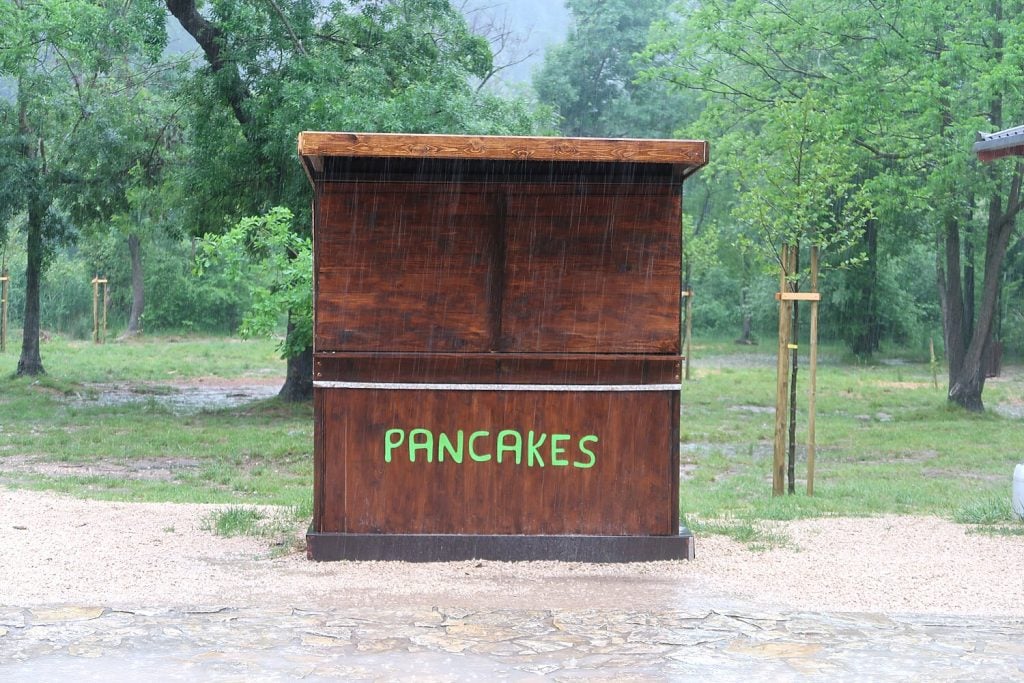
Cathy Tideswell, Pancakes Stand, Krka National park, Croatia, c. 1985. Photo courtesy of Accidentally Wes Anderson and @yugen_yoga.
The auteur whose artfully shot oeuvre started it all has written an introduction for the book, which he dubs “both a very entertaining collection of images and also an especially alluring travel guide.”
Anderson claims he was unfamiliar with almost every featured location, but now wants to visit them all, “which should keep me busy for several decades.”
See more photographs from the book below.
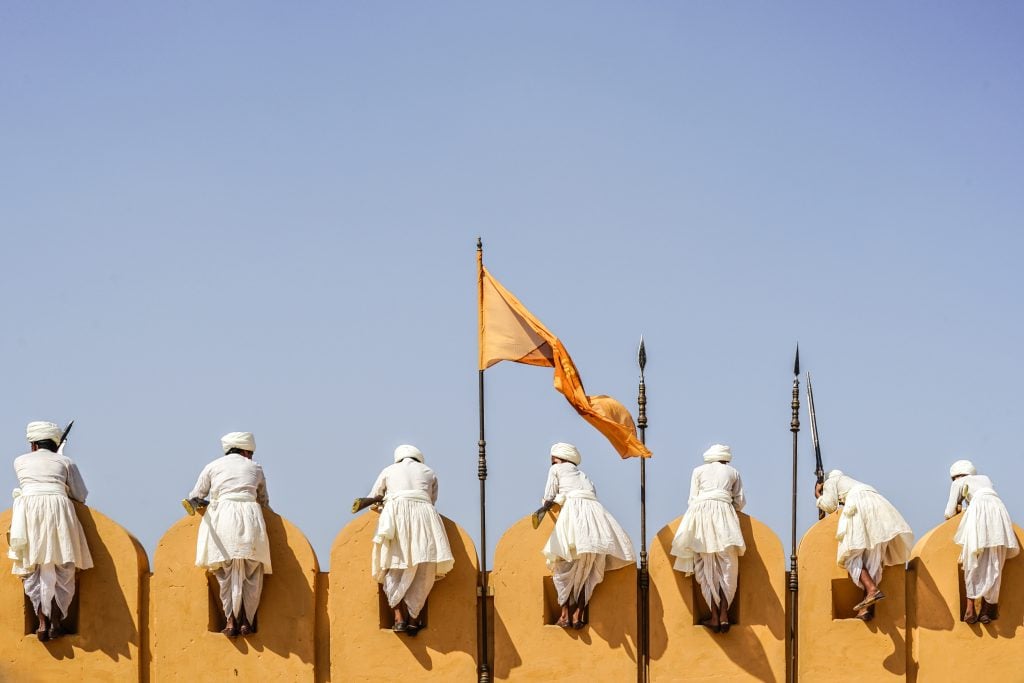
Chris Schalkx, Amer Fort, Rajasthan, India, c. 1592. Photo courtesy of Accidentally Wes Anderson and @chrsschlxx.
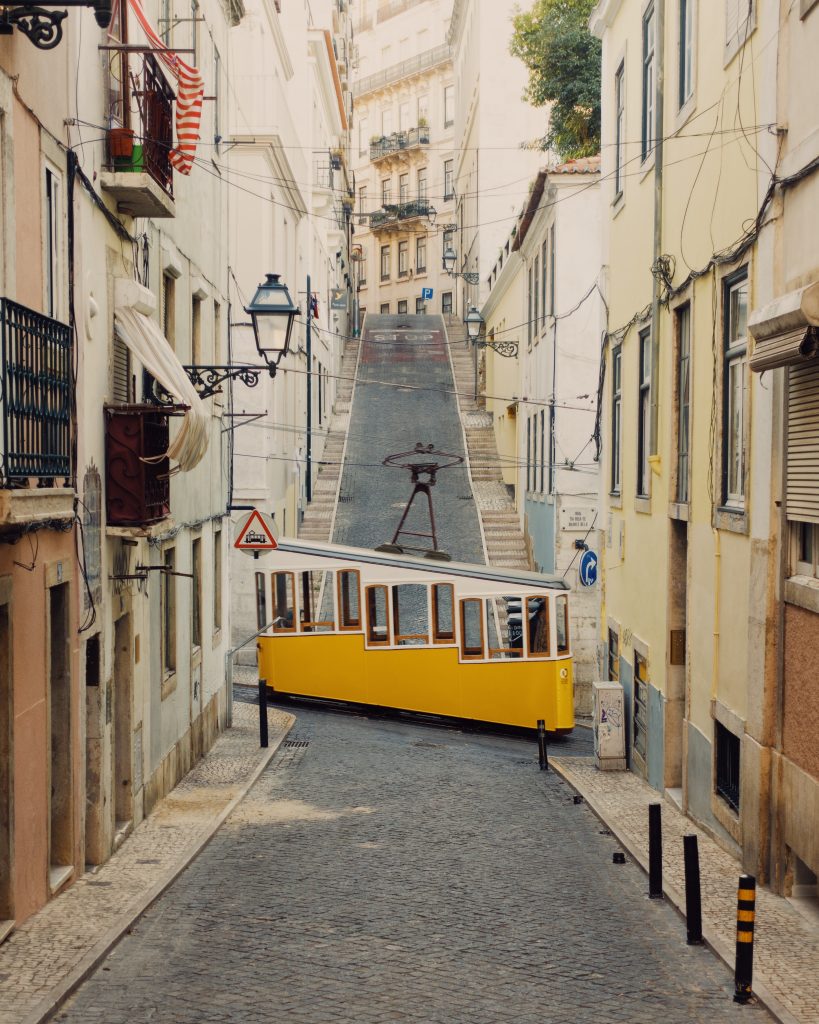
Jack Spicer Adams, Ascensor da Bica, Lisbon, Portugal, c. 1892. Photo courtesy of Accidentally Wes Anderson and @jackspiceradams.
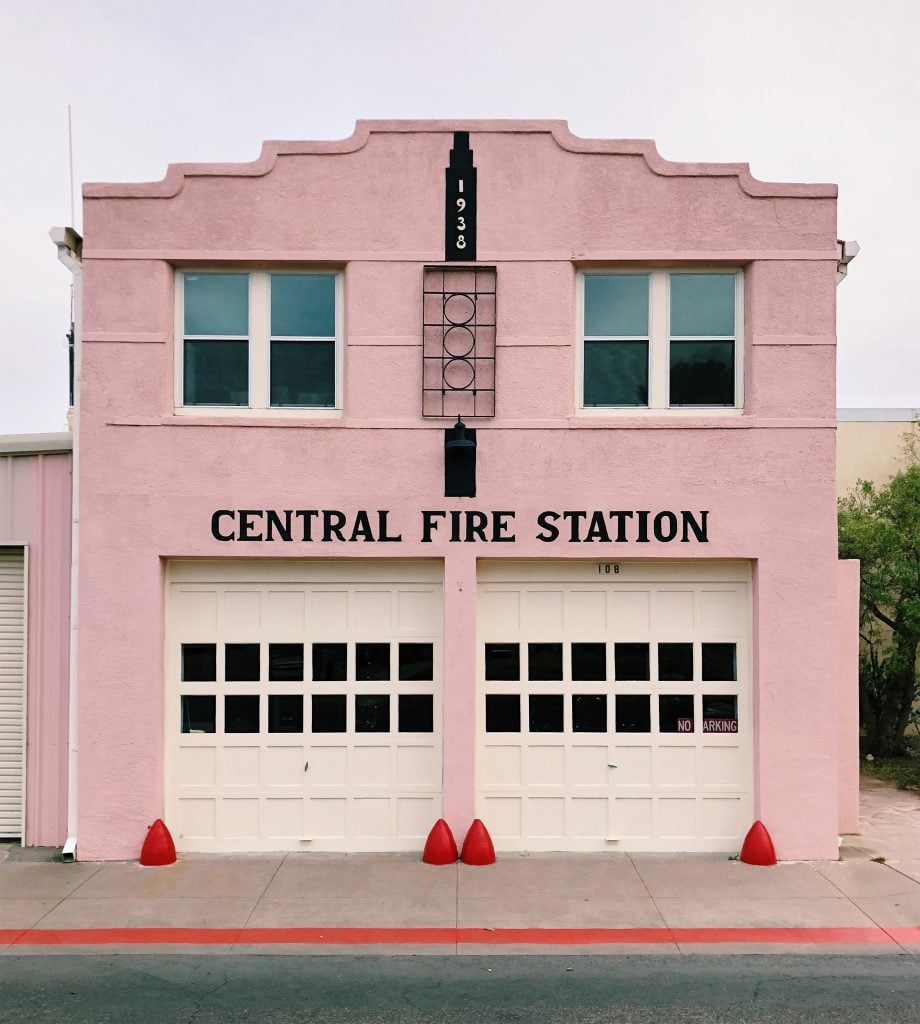 Emily Prestridge, Central Fire Station, Marfa, Texas, c. 1938. Photo courtesy of Accidentally Wes Anderson and @emprestridge.
Emily Prestridge, Central Fire Station, Marfa, Texas, c. 1938. Photo courtesy of Accidentally Wes Anderson and @emprestridge.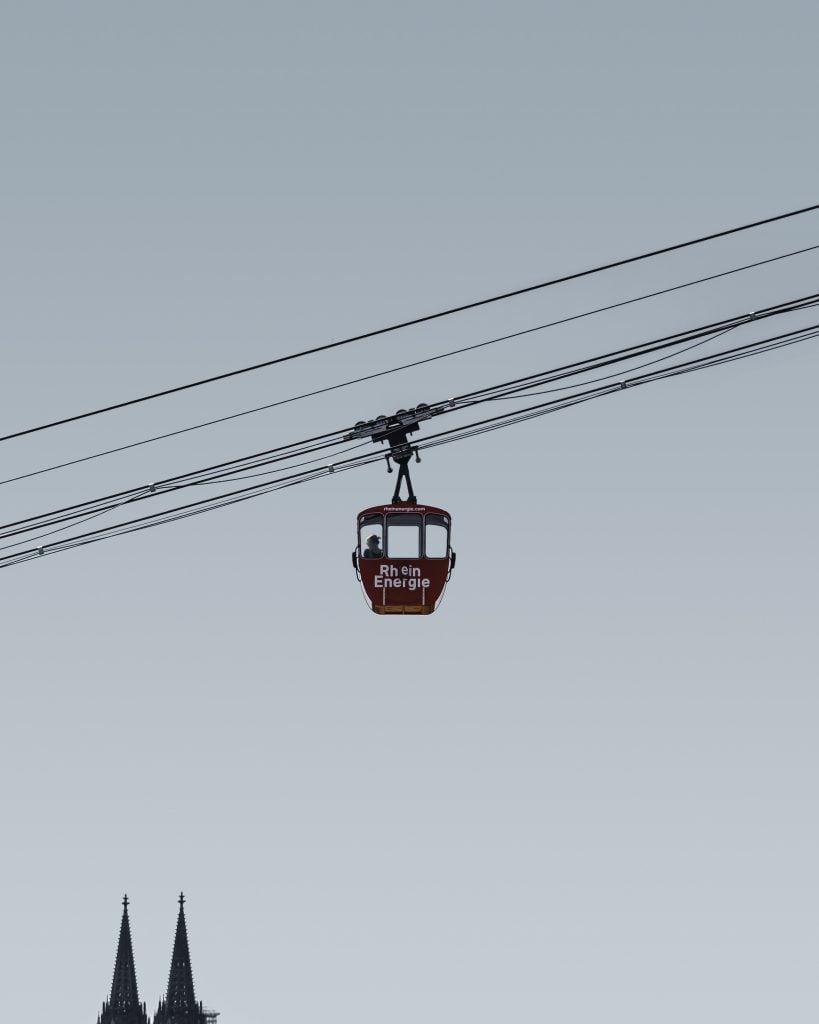
Oliver Stolzenberg, Cable Car, Cologne, Germany, c. 1957. Photo courtesy of Accidentally Wes Anderson and @olle.l.olle_.
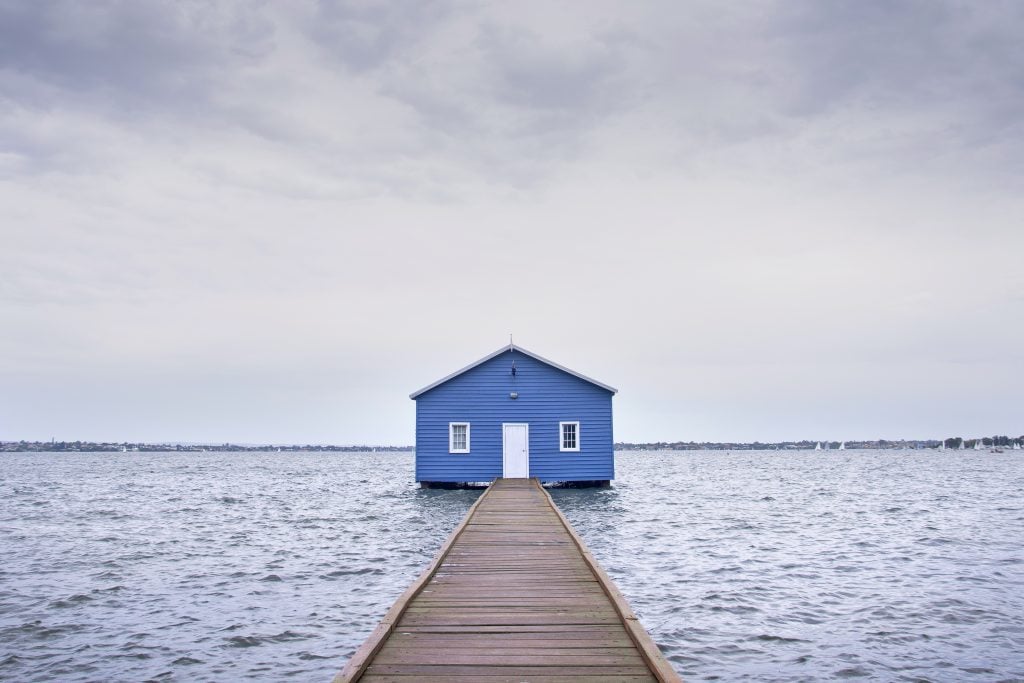
James Wong, Crawley Edge Boatshed, Perth, WA, Australia, c. 1930s. Photo courtesy of Accidentally Wes Anderson and @_JamesWong.
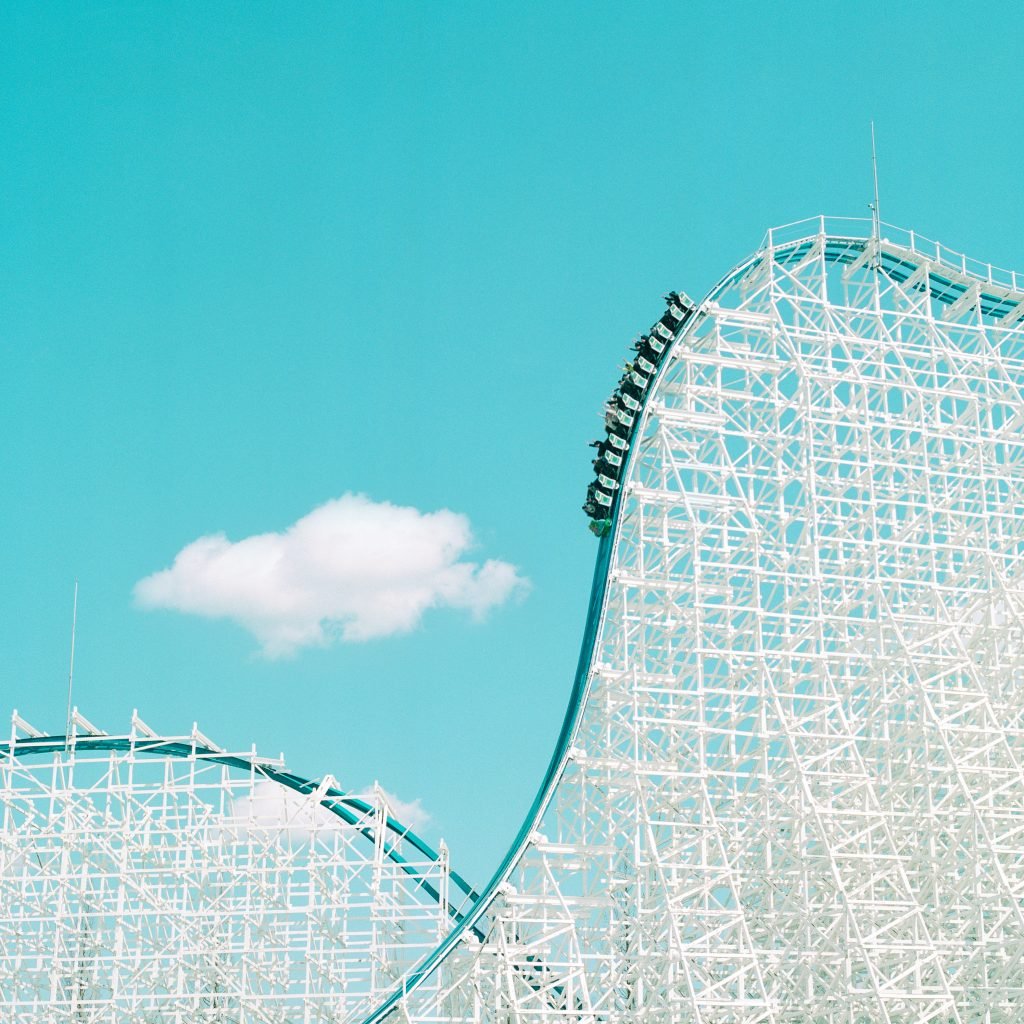 Paul Hiller, The White Cyclone at Nagashima Spa Land, Kuwana, Japan (c. 1994–2018). Photo courtesy of Accidentally Wes Anderson.
Paul Hiller, The White Cyclone at Nagashima Spa Land, Kuwana, Japan (c. 1994–2018). Photo courtesy of Accidentally Wes Anderson.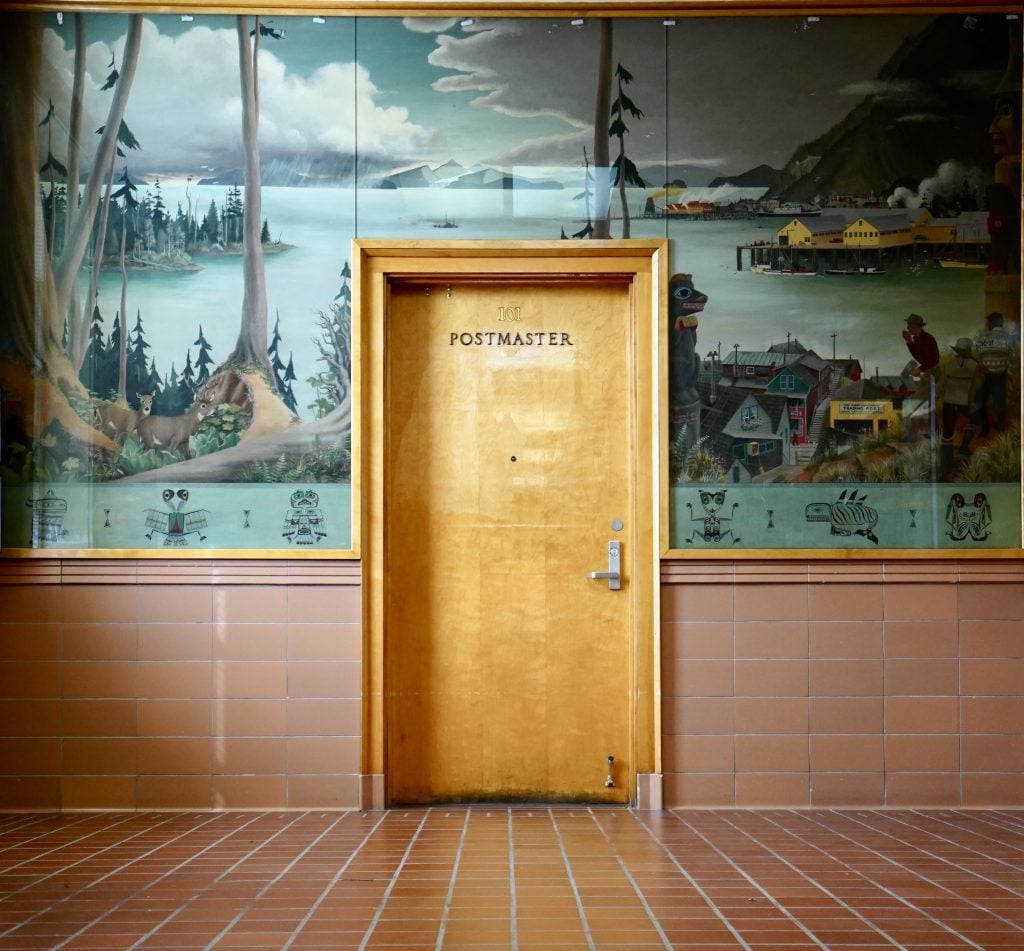
Robin Petravic & Catherin Bailey, Post Office, Wrangell, Alaska, c. 1869. Photo courtesy of Accidentally Wes Anderson and @heath_travels.
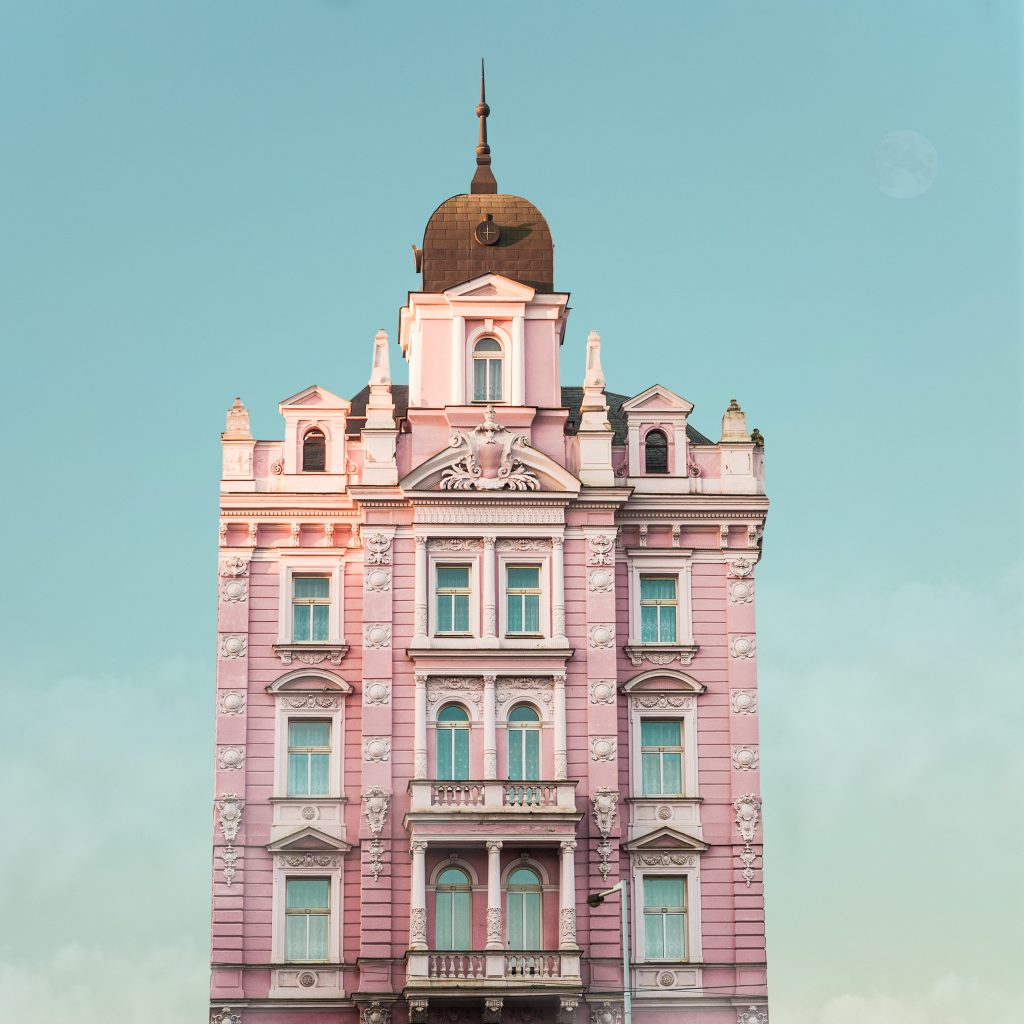
Valentina Jacks, Hotel Opera, Prague, Czech Republic, c. 1890. Photo courtesy of Accidentally Wes Anderson and @valentina_jacks.
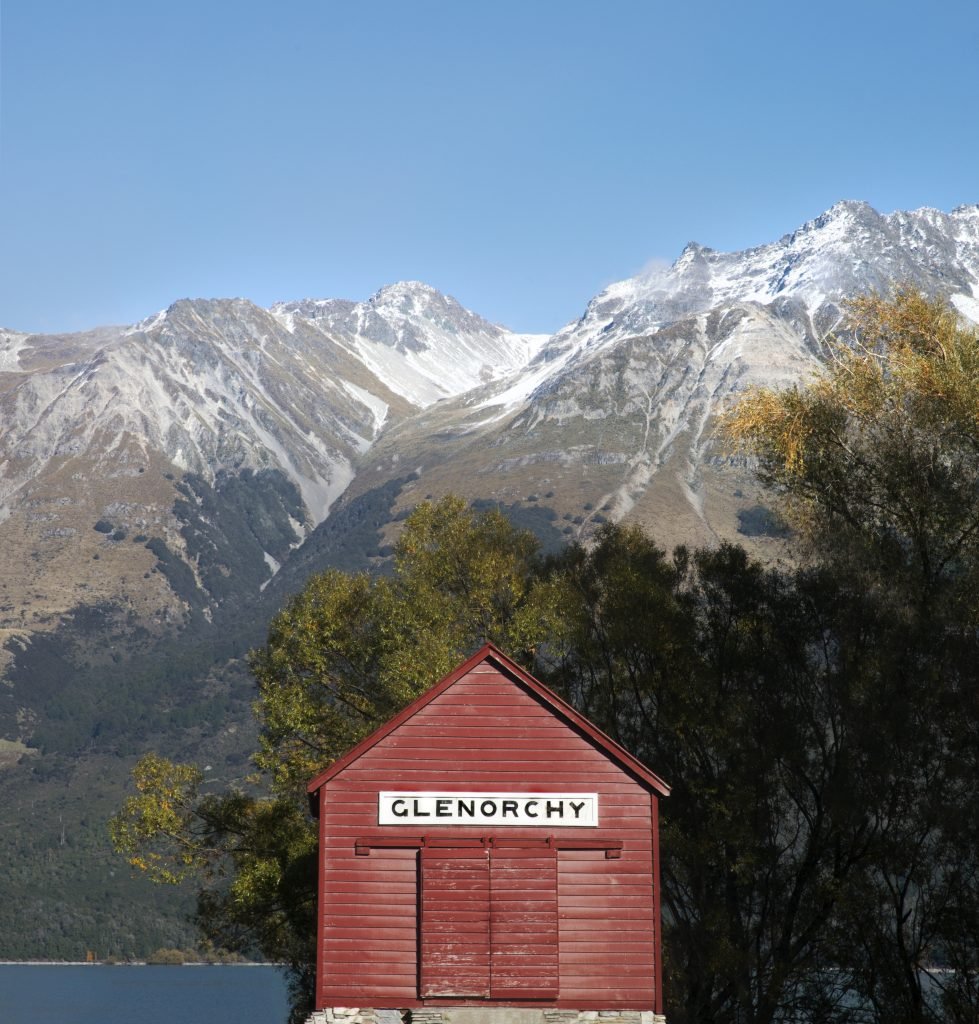
Frida Berg, Wharf Shed, Glenorchy, South Island, New Zealand, c. 1865. Photo courtesy of Accidentally Wes Anderson and @friiidaberg.